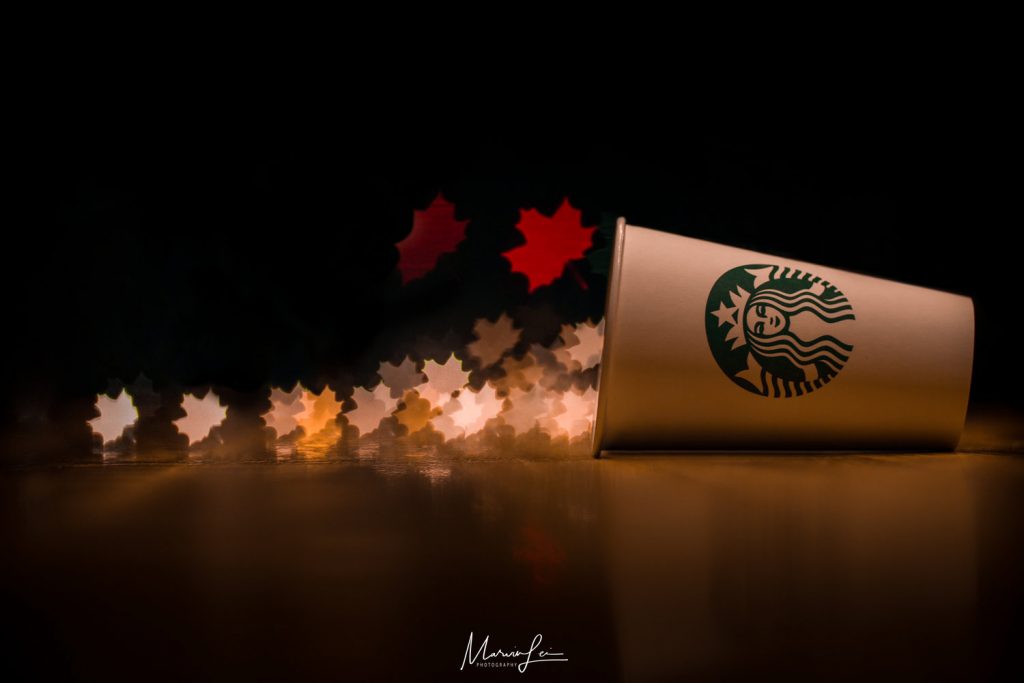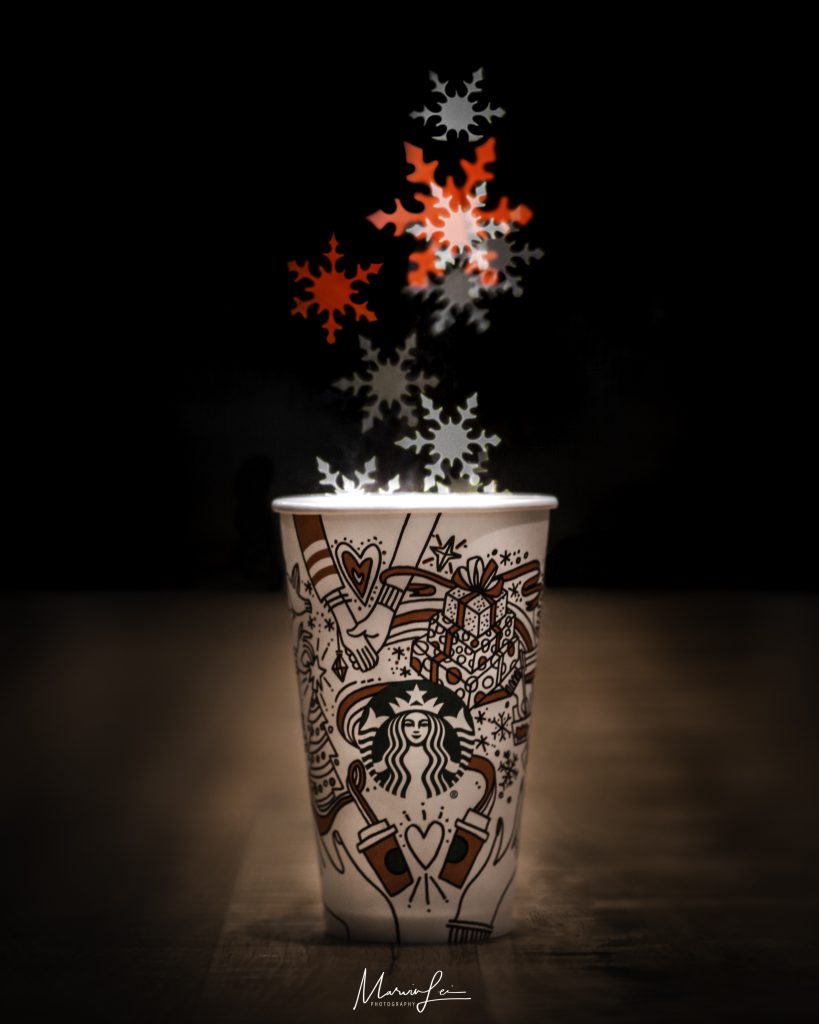Marvin, an MBA student and Photography club president, experimented with custom bokeh shapes in his photography using the vinyl cutter.
Despite having the background of an electrical engineer (Bachelor’s Degree), Marvin always had an interest and passion for photography. His photography is something he want to experiment with, to further develop his personal style. The bokeh style comes from the Japanese word boke (ボケ), which means “blur” or “haze”, or boke-aji, the “blur quality”, as defined by Nikon. In short, it is a style that captures the primary subject in focus (clearest), but the rest behind it is blurred. There are points of light that are affected by the bokeh filter – they become softer orb shapes and are captured in the customized shape of the bokeh filter.
To make the filters, Marvin finds a shape that he outlines on the Cameo Silhouette (vinyl cutter) software, and fits to the size of his lens. The bokeh filter works by covering the front of the lens of the camera. It (ideally) fits perfectly over the lens, and can be held in place with a very small piece of tape.

Above: Marvin’s camera set up with the bokeh filter lightly taped on. “The tape is on the filter to easily remove it from the lens. They’re measured to fit precisely and don’t fall off.”

Above: The copper string lights that Marvin uses in his pictures, shown here without the bokeh filter on.
In his pictures, Marvin uses copper wire string lights, attached to a battery for portability, to achieve the effect. Each light, when rendered, appears as the blurred light in the desired shape.
 Above: Shot in Starbucks on campus, with the copper string lights and leaf shaped filter.
Above: Shot in Starbucks on campus, with the copper string lights and leaf shaped filter.
“It was not until college that I realized that I was passionate about it [photography]. I did PR for the badminton club – I took pictures of people playing, and actually designed the logo.”
One of Marvin’s first experiences with photography was at his first job in a jewelry store. He would take pictures of the inventory and upload it to the database; on occasion, the pictures were used for advertising.
A Stony Brook University undergraduate of the 2015 class, Marvin had decided to work for two years before returning this year for his MBA. In that time, he worked in networking engineering for a company in Hauppauge, where he’s from. He continued doing photo shoots of friends, and friends of their friends casually during this time, and it was at this job where he began getting recognized for the quality of his work and photos, and he started receiving offers to be paid for his services.
“I had no background in event photography, I had to look things up at the beginning. Now I have a website.”
After working at his job, he came back to Stony Brook University to pursue an MBA to further develop his soft skills – like those in communication and management. Marvin says that he prefers to have his electrical engineering background as a back-end part of what he does. It was at his MBA program’s orientation that he heard David Ecker, the Director of iCREATE, speak about the free spaces and technologies offered and available on campus.
 Above: A portrait shot with the leaf bokeh filter.
Above: A portrait shot with the leaf bokeh filter. Above: Shot with a snowflake shaped bokeh filter.
Above: Shot with a snowflake shaped bokeh filter.
So far, Marvin has worked with some styles including steel wool and milky way shots, but his favorite is portrait photography. He has been experimenting with incorporating bokeh shapes into his portraits. His website can be seen here.
“I would’ve loved these spaces so much as an undergraduate … I’m a commuter and have made the iCREATE Greenhouse my second home here on campus.”

